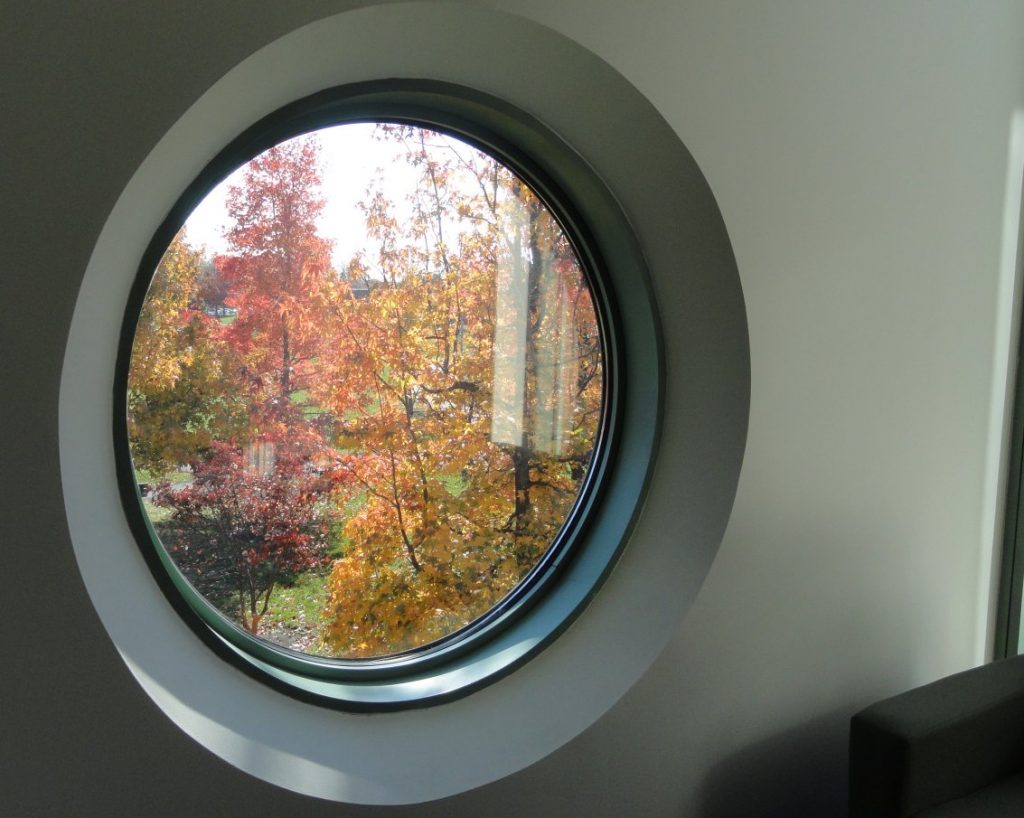Hunting is good. It puts people in close touch with nature and enobles both. But hunting evokes strong emotion. NPR ran an article about a girl in Mississippi who likes to hunt deer. It got more than 500 responses, so far. These things usually get one or two. Of course, the anti-hunting voices were louder, especially on NPR, but a poll that went along with the piece showed that around 70% of the people liked the article.
The State of New Jersey is allowing bear hunting this season. There are an estimated 3,400 bears in the state, up from only 500 in the 1990s. State officials would like to reduce the number by around 500-700. Hunting at the expected levels won’t be enough to reduce the population by these numbers, since past hunts have yields only around 300 bears. What they need is a yearly hunt to create a steady and experienced bear hunting population. Unfortunately, no bear hunts have been held in New Jersey since 2005. Animal rights folks often dislike lethal wildlife management and they have sometimes been successful in getting judges to suspend hunts.
Around 6500 bear hunting licenses have been sold, of course few of these guys will actually successfully shoot a bear and most will not even encounter one, maybe because of the lack of experience mentioned above, hence the probable yield of around 300 bears. Currently, New Jersey bear hunters can use only shotguns and black powder to bag the bears.
As I mentioned in an earlier post, bears have been spotted with increasing frequency around our farms. The bear population is growing down there too. I remain unenthusiastic about bears in my woods. They are generally harmless, but the qualifier “generally” worries me. I like to take my lunch with me. I don’t want to worry about attracting the big hairy beasts by leaving my ham sandwich on the seat of the truck and I would prefer to be easily the winner in any potential wildlife struggle. Fortunately, I have reasonable confidence that the bears will be kept under control on the farms. We have lots of well-armed hunters in Brunswick County, loaded for bear.
The greater problem nationwide is that the number of hunters is declining. Hunting is something rural people do more than urban ones, so when the rural population shrinks, so does the hunting population. Beyond that, more and more land is being closed to hunting. I am glad to have hunters on my land, but not every landowner is so enthusiastic.
Meanwhile the populations of many animal species are exploding. There are more deer in Virginia today than there were in 1776. They have learned to thrive in close proximity to humans. The same goes for coyotes, raccoons, woodchucks, squirrels and many others. Turkeys have made a successful comeback and I am afraid that bears are next. Animal populations will get out of hand. This was hard for me to believe a few years ago. I grew up when wild populations were generally much lower and sometime locally endangered. Those times have passed for most game animals. Hunters are now the “endangered species” in many locations.
The alternatives to volunteer hunting are much more expensive and troublesome. Imagine creating a government bureaucracy and hired bureaucrats as hunters. Hunting requires reasonable skill. Hunters spend a lot of time exposed to the weather. They get up early and suffer in silence. Imagine hiring somebody to do that. Think of the overtime you would have to pay? Now imagine hiring someone to do it and him joining some kind of public employees’ union. I suppose the animals would be safer.
Endangered species no longer
Related to hunting is an announcement that grizzly bears and wolves may be taken off the endangered species list. These species have made a comeback. Nature is resilient & species that are/were successful can leap back. The problem for many endangered species is that they were marginally successful in the natural environment. The very cute panda bear is a good example. The species is headed toward an evolutionary dead end. It cannot reproduce well; it eats only a limited type of food, for which its digestive system really is not well suited to process. Human intervention just pushed it sooner. Wolves and grizzly bears don’t have this problem.
Populations of wolves and bears can be managed and should be managed by hunting, among other tools. the endangered species law doesn’t allow for much flexibility. It assumes, as it must, that larger populations are better. But with a healthy population, this is not always true. In fact, a smaller, more genetically diverse population, might be better than a large one with different characteristics. A commitment to preserving each individual is rarely a good idea when you are talking about species. All animals are not created equal. Nature is not concerned with rights.
We also need to decide WHERE endangered species should be defined. EVERY species on earth is “locally” endangered somewhere because every species range ends somewhere. Take the example of the common and familiar sugar maple tree. It grows from Canada to Florida, but it is common in some places and thin in others. Eventually, it just peters out at the end of its range. If you made a map with all U.S. counties where sugar maples had ever grown, you could argue that the species was locally endangered and even extinct in some places where it had once been reported to have lived. If you looked hard enough, you could identify local varieties that could be declared endangered or extinct. And you could call it science.
Wolves are a successful species, but we would not want them to re-inhabit every place they were found in 1607. This does not indicate a failure of wolf protection.
I used to study wolves way back in the 1970s when I still thought I would have a career in wildlife and forestry. Experts believed that wolves were doomed and that the best case scenario would be to slow the loss. At that time, wolves lived in Alaska, a shrinking area in the arrow head region of Minnesota & on Isle Royale in Lake Superior, but they had not been seen recently in other places in the U.S. Today the population has returned to places like Northern Wisconsin and the Rockies. We won this. The wolves have been saved. Now we have to manage the populations.
IMO, we have to change the paradigm that includes the word “save” or features those dreadful countdown metaphors that imply soon it will be all gone. This may have been appropriate in the 1960s or 1970s, but today the better words would be some like “manage” or “prioritize.” We are no longer defending the ever shrinking territory. Now we have to figure out what to do with the options.



